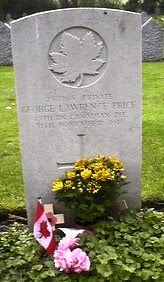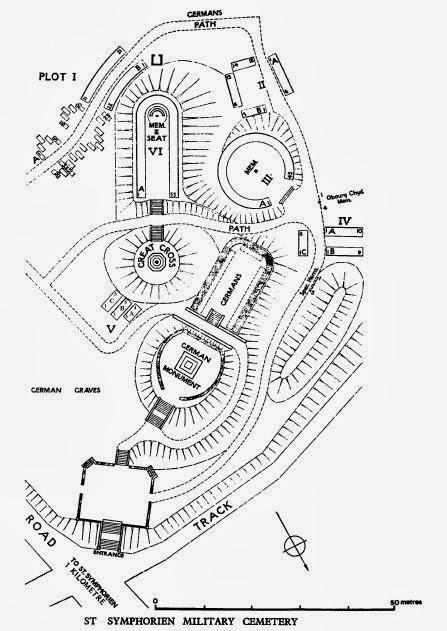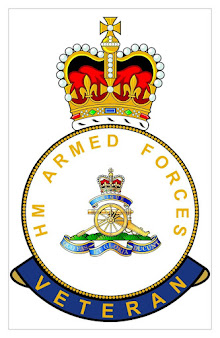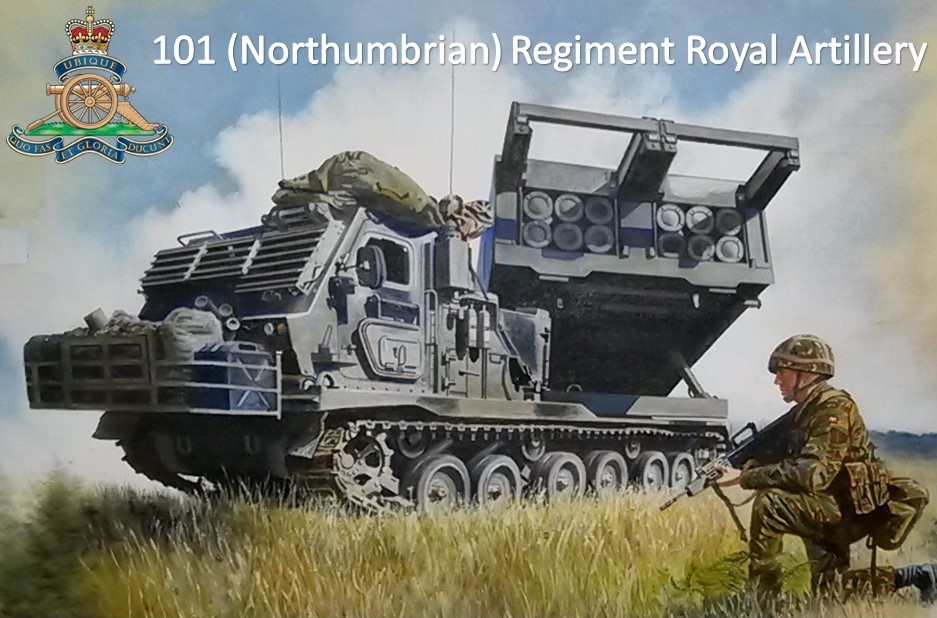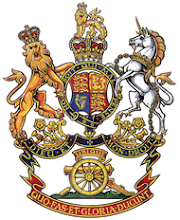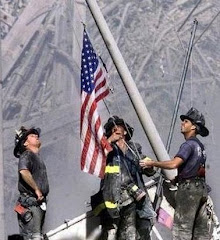On the 24th August 1914 the 5th Division of the British Expeditionary Force were withdrawing south from the Conde- Mons canal. To protect their flank the divisional reserve was ordered from their position in Dour to form a flank guard in a blocking position between Audregnies and Elouges.
The flank guard at Elouges consisted of 1st Norfolf Regiment and 1st Cheshire Regiment, their artillery support being provided by 119th Field Battery Royal Field Artillery. The battery was commanded by Major EW Alexander and part of 27th Brigade RFA.
 |
| Action at Elouges |
Despite intense artillery and infantry fire, the flank guard checked the initial German advances. However , as German pressure continued, and with the 5th Division now withdrawn from the area, the order to retire was received by the Battery.
 |
| VC Action Elouges |
Two guns from the 119th Battery withdrew , leaving the four remaining guns. The gunners had been under effective fire from three German Batteries and casualties were heavy. As the order to withdrew came there were insufficient men to move the guns. Seeing the situation the gunners were in, Captain Grenfell of the 9th Lancers asked if he could assist. He called on volunteers from his unit to help the remaining men from the 119th Battery to manhandle the guns to a position where they could be limbered up and then extracted from the area.
For their actions in withdrawing the guns from Elouges, Battery Commander Major EW Alexander and Captain FO Grenfell were awarded the Victoria Cross.
For the Royal Artillery this was to be the first VC awarded to the Gunners in the First World War.
[ London Gazette, 18 February 1915 ], Elouges, Belgium, 24 August 1914, Major Ernest Wright Alexander, 119th Battery, Royal Artillery.
For conspicuous bravery and great ability at Elouges on the 24th August 1914, when the flank guard was attacked by a German corps, in handling his battery against overwhelming odds with such conspicuous success that all his guns were saved, notwithstanding that they had to be withdrawn by hand by himself and three other men. This enabled the retirement of the 5th Division to be carried out without serious loss. Subsequently Lieutenant Colonel Alexander ( then Major ) rescued a wounded man under a heavy fire, with the greatest gallantry and devotion to duty.
The citation was gazetted on 16 September 1914:
For gallantry in action against unbroken infantry at Andregnies, Belgium, on 24th August 1914, and for gallant conduct in assisting to save the guns of the 119th Battery, Royal Field Artillery, near Doubon the same day.[2]
He was killed in action on 24 May 1915 and is buried in the Vlamertinghe Military Cemetery.













